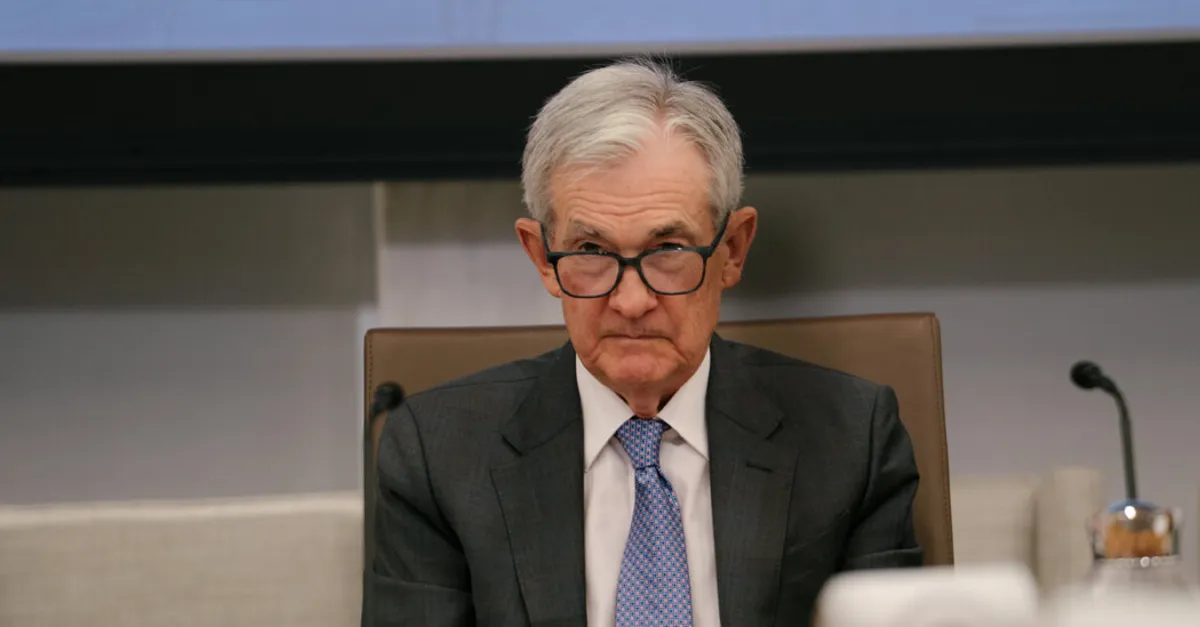
On Wednesday, the Federal Reserve made a significant decision to lower interest rates, bringing them below 4 percent for the first time since late 2022. This move, however, was not without controversy. The Fed’s board saw two officials dissent from the decision, highlighting the complexities of monetary policy in the current economic landscape.
Stephen I. Miran, the newest member of the Fed’s board, voted in favor of a more substantial reduction of half a percentage point, mirroring his stance from September. In contrast, Jeffrey R. Schmid, president of the Federal Reserve Bank of Kansas City, argued for maintaining the interest rates at the previous level of 4 percent to 4.25 percent. This split in opinion underscores the challenges the Fed faces as it prepares for its next meeting in December, where officials will deliberate on the possibility of a third rate cut for the year.
Jerome H. Powell, the Fed Chair, acknowledged the existence of “strongly differing views” regarding the path forward in December. He emphasized that a rate cut is “far from” a predetermined outcome. During a news conference following the decision, Mr. Powell reiterated the Fed's challenging situation, balancing its dual mandates of maintaining price stability while ensuring strong employment.
The Fed's policy statement reflected a more optimistic view of current economic activity but cautioned that the labor market remains vulnerable. While acknowledging that the economy is “expanding at a moderate pace” and that the unemployment rate is still low, the statement also highlighted the “downside risks to employment” that have arisen in recent months.
Typically, the Fed bases its interest rate decisions on incoming official data. However, the ongoing government shutdown has created a data blackout, limiting the Fed's access to crucial economic indicators. The Bureau of Labor Statistics delayed the release of the September Consumer Price Index (CPI) report, and the future release of October’s CPI is uncertain due to the shutdown. Additionally, September’s job report and subsequent monthly releases have also been postponed indefinitely.
The Fed's decision to lower interest rates reflects its assessment that it can prioritize the risks to the labor market, even as inflation continues to drift away from its 2 percent target. Prior to the shutdown, job growth had slowed, and the unemployment rate had begun to increase. Companies like Amazon have announced significant layoffs, raising concerns that more organizations may follow suit to reduce costs. Furthermore, President Trump’s immigration restrictions have contributed to a decrease in the labor force.
The government shutdown poses an additional risk to the economy, with federal workers currently without pay and access to essential services at risk of being cut. Nevertheless, consumer spending has remained steady, alleviating fears of a major economic downturn. This resilience persists despite the president’s tariffs, which have increased prices on various goods. Interestingly, the overall impact of these tariffs has been less severe than anticipated, supporting the Fed’s belief that inflationary pressures linked to these tariffs will eventually diminish.
Some policymakers are particularly concerned about “services inflation,” which includes prices for everyday services such as haircuts or car insurance. If this inflation remains persistent, it could prolong the Fed’s efforts to bring overall inflation back within target levels.
In a related announcement on Wednesday, the Fed declared it would cease the reduction of its $6.6 trillion balance sheet starting December 1. This decision comes in response to increasing signs of strain within short-term lending markets, which are vital to the financial system. Since 2022, the Fed has been unwinding its extensive holdings of Treasuries and mortgage-backed securities, which were acquired during previous economic crises.
The Fed’s balance sheet had peaked at nearly $9 trillion in 2022, but through its “quantitative tightening” efforts, it has significantly reduced this figure. Concurrently, the cash reserves held by banks at the Fed have decreased from over $4 trillion to just above $3 trillion. By halting the runoff of its balance sheet, the Fed aims to prevent a recurrence of the cash crunch experienced in 2019, which was triggered by excessive reserve drainage from the financial system.